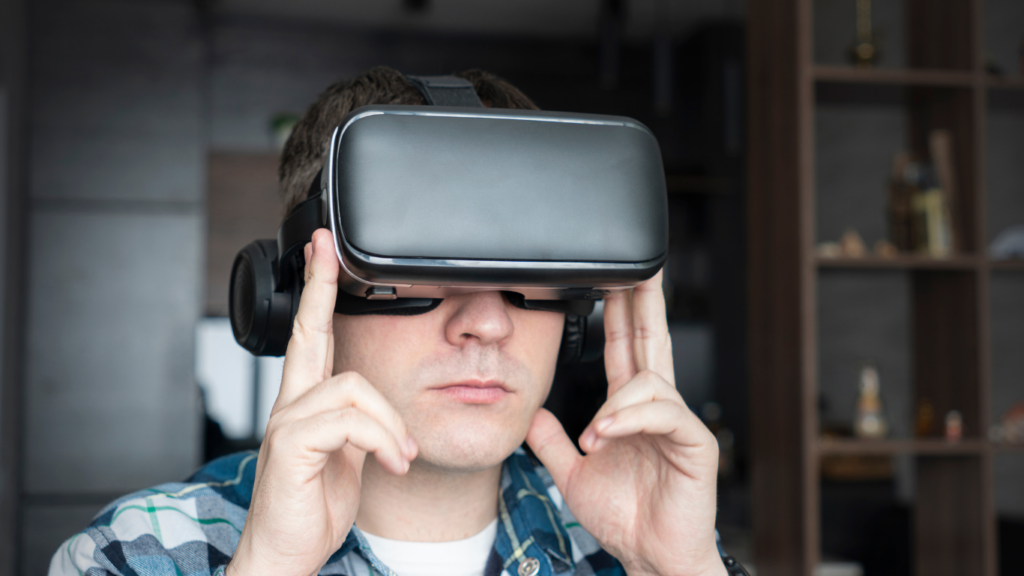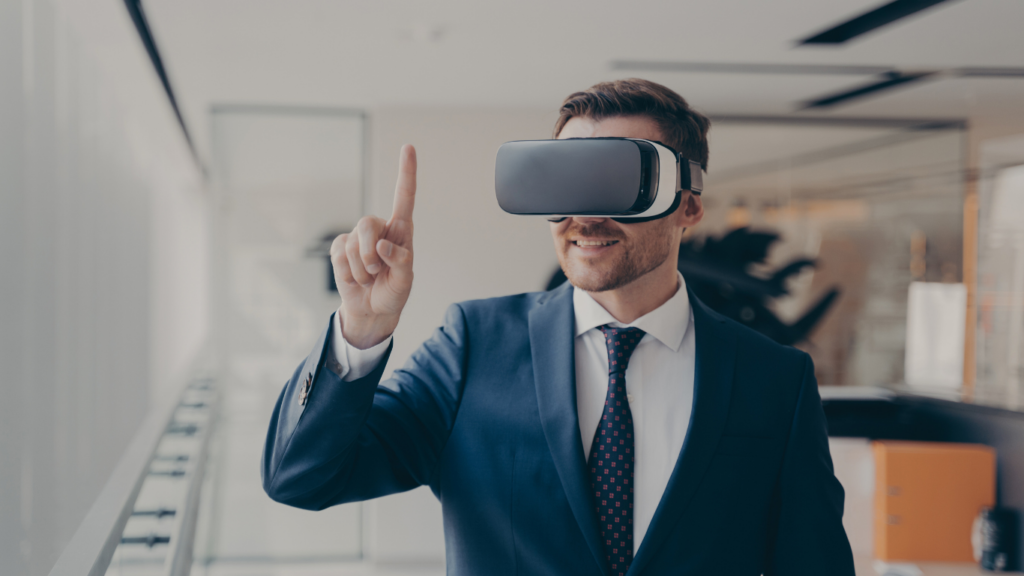Understanding Augmented Reality In Gambling
Augmented reality (AR) integrates digital elements into real-world settings, drastically altering the gambling industry. By bridging physical and virtual environments, AR creates more dynamic and engaging experiences for players.
What Is Augmented Reality (AR)?
AR overlays digital objects onto real-world surroundings in real time, using cameras, sensors, or AR-enabled devices. Unlike virtual reality, which creates fully immersive environments, AR enhances reality by blending interactive digital layers with physical spaces. Common AR technologies include wearables like AR glasses and mobile apps with AR features.
In gambling, AR enriches traditional operations by creating interactive environments. For instance, virtual poker chips and animated dealers can appear on a player’s table at home. Casinos leverage AR tools to merge live gameplay with visually enhanced, data-driven interactions, increasing user satisfaction.
AR’s Initial Influence On Gaming And Gambling
AR influenced gaming via mobile AR apps and interactive console games before reaching gambling. Titles like Pokémon GO demonstrated AR’s potential to merge physical and virtual worlds, inspiring similar innovations in casino gaming.
Early gambling applications incorporated AR through enhanced slot machines and table games. Some casinos introduced AR elements to improve engagement, such as 3D holograms for live dealers or virtual game boards layered over physical surfaces. Online gambling platforms began using AR to simulate live casino environments, allowing players to move through digital casino floors while interacting with real-time avatars.
Initial AR adoption improved accessibility, provided better customization options, and enhanced visual dynamics, encouraging further integration of AR in gambling systems.
Benefits Of Augmented Reality In The Gambling Industry

Augmented reality significantly enhances the gambling industry’s potential by:
- improving interaction
- immersion
- social experiences
Its applications transform how players engage with games and casinos.
Enhancing User Experience
- AR improves user engagement by integrating interactive, digital elements into gambling activities.
- AR-enabled poker games overlay animated statistics and hand analyses onto a player’s table, providing real-time insights.
- Players experience more personalized interactions through features like adaptive interfaces and customizable game environments.
- Enhanced visual and audio effects make games more dynamic, increasing overall satisfaction.
Creating Immersive Casino Environments
AR bridges the gap between physical and digital gambling spaces by creating lifelike casino environments. Digital objects, such as virtual slot machines and animated roulette wheels, blend seamlessly with the real world. Players can explore a comprehensive casino floor from home, interact with virtual dealers, and participate in live games. This immersive experience amplifies excitement by replicating the ambiance of traditional casinos.
Encouraging Social Interaction
AR fosters connectivity by enabling real-time interaction between players. Through virtual avatars, users can communicate, collaborate, and compete at tables, recreating the social element of in-person casino experiences. Features like shared AR environments allow multiple users to engage in games simultaneously, enhancing community building. Social engagement increases retention by making online gambling more interactive and communal.
Innovations And Future Trends In AR Gambling
AR continues to reshape the gambling industry by introducing novel experiences and enhancing accessibility. Emerging trends in AR technology are paving the way for a more interactive, engaging, and user-centric gambling environment.
AR Casinos And Applications
AR casinos offer immersive environments by blending real-world casino settings with digital enhancements. Players access features like virtual dealer interactions or 3D-rendered casino elements through AR devices, creating lifelike experiences from home. For example, holographic poker tables allow users to participate in games with realistic chips and animated gestures.
AR applications in sports betting are transforming how users engage with live events. Interactive overlays provide real-time odds, player statistics, and game analytics, immersing users in data-driven decision-making. Platforms are also incorporating gamified elements, including augmented tutorials for beginners, to attract broader audiences and increase adoption.
Integration With Mobile And Wearable Devices
Mobile devices and wearables are advancing AR’s reach in gambling by combining portability and functionality. AR casino apps on smartphones enable quick access to experiences like virtual slot machines or augmented blackjack tables. Efficient GPU and AR software integration ensure smooth gameplay on mobile platforms.
Wearable technologies like AR glasses and headsets further elevate user interaction. Players can project augmented casinos into their surroundings or interact with holographic avatars hands-free. Developers are prioritizing compatibility with devices like Meta Quest and Microsoft HoloLens, ensuring seamless integration and expanding AR gambling’s usage scenarios.



 Michaels Vincentuza – Founder & Chief Editor
Michaels Vincentuza is the driving force behind Gamble Wise Roll, a platform committed to delivering insightful and responsible coverage of the gambling industry. With a deep passion for gaming and years of experience in the field, Michaels founded the site to bridge the gap between industry professionals and everyday players, offering news, expert analysis, and ethical guidance. His expertise spans across various aspects of gambling, from traditional casino strategies to skill-based betting and the future of gaming innovations. Under his leadership, Gamble Wise Roll has become a trusted source for those seeking balanced, well-researched perspectives on the industry’s latest developments. Michaels remains dedicated to promoting responsible gambling while exploring the evolving intersection between gaming, technology, and entertainment.
Michaels Vincentuza – Founder & Chief Editor
Michaels Vincentuza is the driving force behind Gamble Wise Roll, a platform committed to delivering insightful and responsible coverage of the gambling industry. With a deep passion for gaming and years of experience in the field, Michaels founded the site to bridge the gap between industry professionals and everyday players, offering news, expert analysis, and ethical guidance. His expertise spans across various aspects of gambling, from traditional casino strategies to skill-based betting and the future of gaming innovations. Under his leadership, Gamble Wise Roll has become a trusted source for those seeking balanced, well-researched perspectives on the industry’s latest developments. Michaels remains dedicated to promoting responsible gambling while exploring the evolving intersection between gaming, technology, and entertainment.
